Decoding Porsche AG’s 3rd Annual Shareholders’ Meeting: Future Lineup Strategy and the Shift to a Realistic Electrification Plan
公開日:
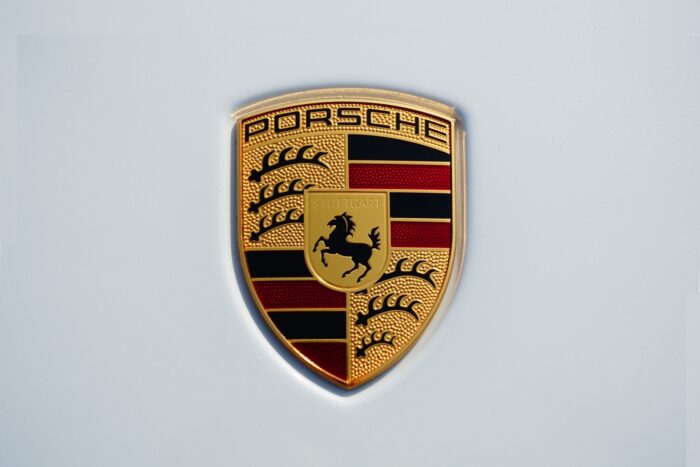
コンテンツ
Porsche Adjusts Electrification Strategy Toward a More Realistic Path
On May 21, 2025, Porsche AG’s 3rd Annual Shareholders’ Meeting held in Stuttgart marked a pivotal shift in the company’s future strategy.
CEO Oliver Blume clearly acknowledged the reality that the transition to electric mobility will be slower than initially planned, prompting a significant adjustment in product strategy.
“Going forward, Porsche will continue to offer a balanced mix of powertrains. Customers will be able to choose from internal combustion engines, hybrids, and fully electric drivetrains across all vehicle segments until the mid-2030s,” Blume stated, signaling a clear course correction from the previously aggressive electrification roadmap.
This announcement reflects Porsche’s sober analysis of global market trends and customer demands. While Porsche originally aimed for over 80% of new vehicle sales to be electric by 2030, the actual shift to EVs is lagging behind expectations. The 2025 target for BEV (Battery Electric Vehicle) share has been set modestly at 20–22%, aligning with current market realities.
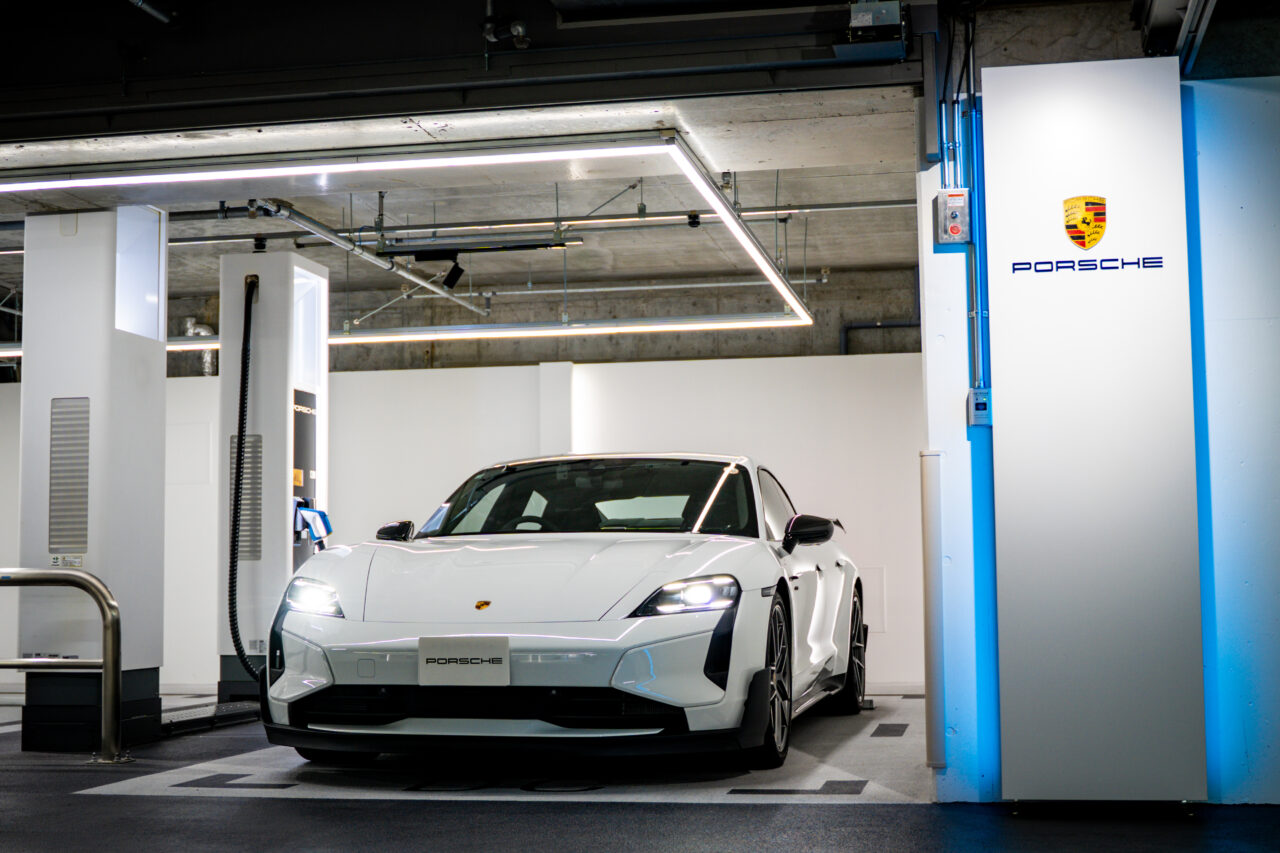
Extending the Life of Internal Combustion and Hybrids, Expanding the Product Portfolio
At the shareholders’ meeting, the core of the new strategy was revealed: adding more internal combustion engine (ICE) models and plug-in hybrid variants.
While maintaining a long-term commitment to electrification, Porsche will clearly offer three powertrain options—ICE, hybrid, and fully electric—across all vehicle segments until the mid-2030s. This pragmatic approach balances Porsche’s DNA of sports performance with diverse customer needs. Iconic models like the 911 still attract strong demand from enthusiasts who cherish the visceral appeal of combustion engines, making the continuation of ICE models essential.
Expanding the product portfolio requires additional investment, impacting the 2025 financial outlook. However, Blume emphasized, “While more resources are needed in the short term, this will make us more profitable in the long run,” expressing confidence that these investments will enhance future profitability.
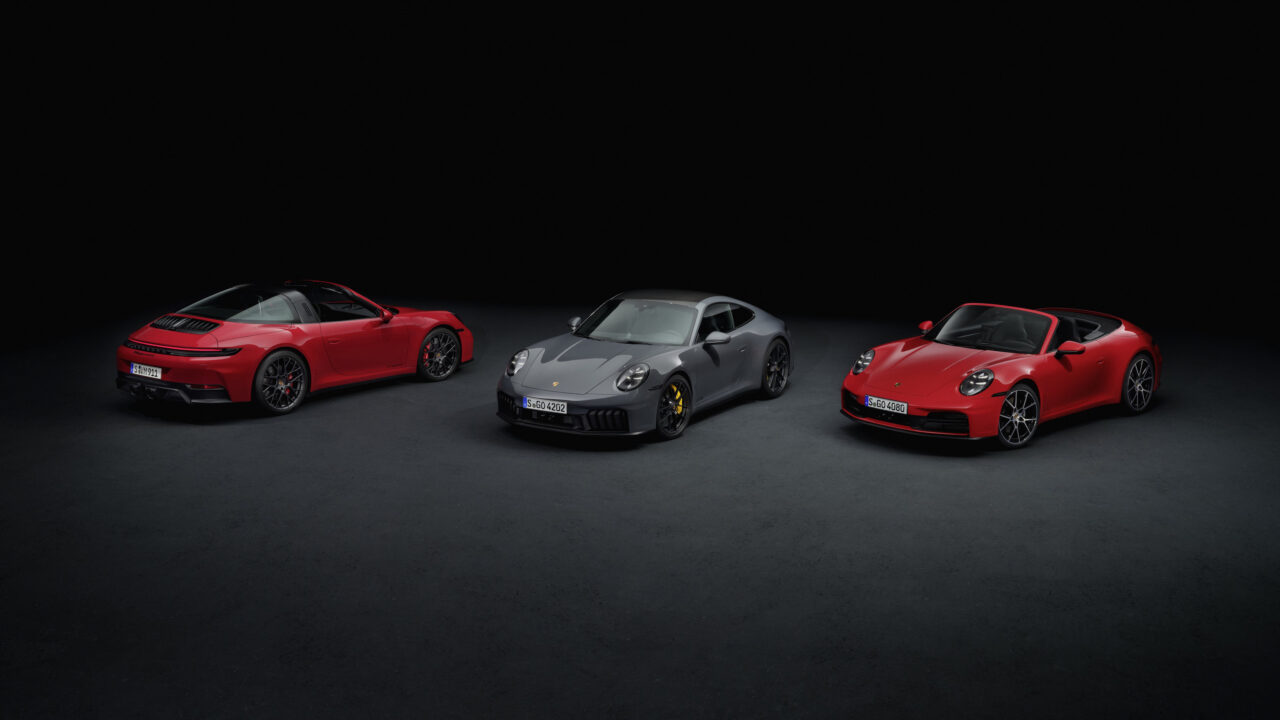
Reevaluating Battery Strategy and Its Financial Impact
Alongside the revised electrification plan, Porsche announced a strategic realignment of its battery activities. This decision to reconsider high-performance battery production reflects the slower-than-expected growth of the EV market.
This strategic restructuring and related product and corporate plan changes are expected to incur special costs totaling €1.3 billion in 2025. This will significantly affect short-term performance, leading to a downward revision of the 2025 financial forecast.
| Metric | 2025 Forecast |
|---|---|
| Consolidated Revenue | €37–38 billion |
| Consolidated Operating Margin | 6.5%–8.5% |
| Automotive Division Net Cash Flow Margin | 4%–6% |
| Automotive Division EBITDA Margin | 16.5%–18.5% |
| BEV (Battery Electric Vehicle) Share | 20%–22% |
Blume explained, “This will noticeably impact our profits, but it is necessary for Porsche to remain robust and highly profitable.” This strategic decision involves short-term pain for long-term financial health.
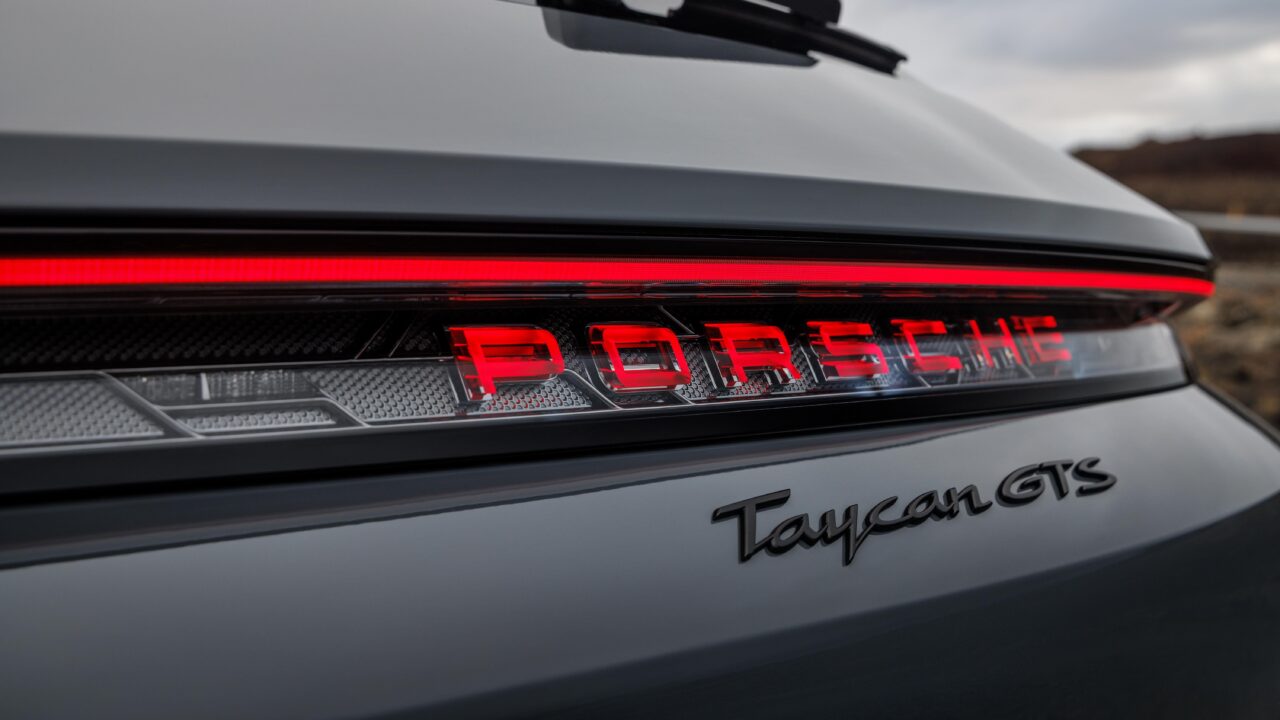
Strengthening and Refreshing the Sports Car Lineup
At the meeting, Blume declared Porsche’s intent to “raise the bar further in the sports car segment,” underscoring the company’s focus on enhancing its core sports car lineup. While specific models and details were not disclosed, the commitment to reinforcing Porsche’s identity as a sports car manufacturer was clear.
Sales results for 2024 highlighted:
- Cayenne: 102,889 units
- Macan: 82,795 units
- 911: 50,941 units
SUV sales remain strong, while the iconic 911 continues to maintain steady demand. Blume noted, “Since December 2023, we have refreshed five out of six model lines, rejuvenating our product portfolio comprehensively. This lays the foundation for success in the coming years.”
Particularly noteworthy are the all-new second-generation Macan EV and the new Cayenne. The Macan EV is Porsche’s first mass-produced fully electric SUV, a key pillar in its electrification strategy. Meanwhile, the Cayenne continues to be offered with hybrid and internal combustion options, symbolizing Porsche’s strategy to meet diverse customer preferences.
Leadership Renewal and Future Vision
The shareholders’ meeting also reported a planned generational shift within Porsche AG’s Executive Board. Throughout 2025, a relatively younger generation aged 45 to 60 will assume key leadership roles, refreshing the organizational structure to better respond to the evolving automotive industry.
Supervisory Board Chairman Dr. Wolfgang Porsche commented, “The automotive industry remains challenging, and Porsche is not immune to these pressures. At the same time, our brand continues to hold strong appeal,” expressing confidence in Porsche’s enduring brand strength despite a tough market environment.
What to Expect from Porsche’s Future Lineup
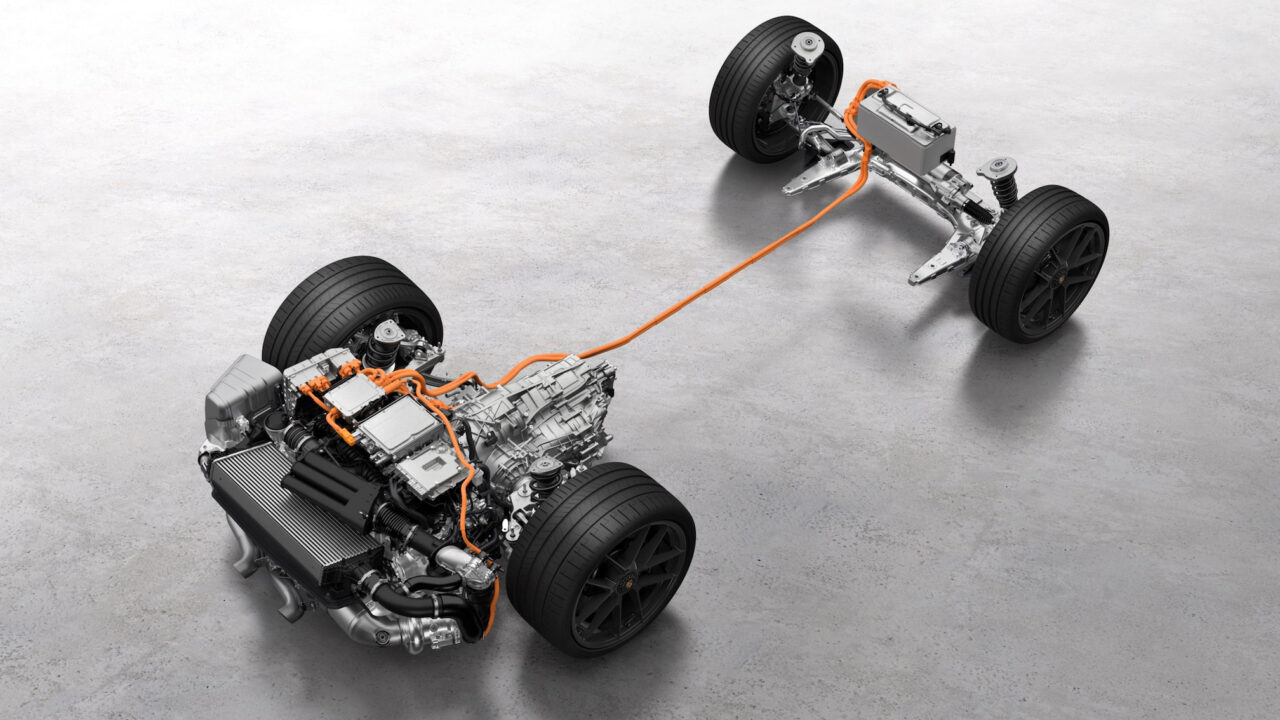
Porsche’s new strategy reveals a pragmatic approach that balances the three pillars of internal combustion, hybrid, and electric vehicles rather than pursuing electrification exclusively. This shift will be welcomed by Porsche enthusiasts who cherish the sensory thrill and direct engagement of combustion engines, as ICE models will remain available well into the mid-2030s.
Key points of Porsche’s future strategy include:
- Three-Pillar Strategy: Offering ICE, hybrid, and EV options across all vehicle segments until the mid-2030s
- Expanded Product Portfolio: Adding new ICE and plug-in hybrid models
- Battery Strategy Reevaluation: Adjusting high-performance battery production to market conditions
- Strengthening Sports Car Segment: Raising standards in Porsche’s core sports car lineup
That said, Porsche has not abandoned electrification. Following the Macan EV, development of electric models across other lines will continue. Porsche’s strength lies in its relentless pursuit of “Porsche-ness” regardless of drivetrain, aiming to deliver the driving excitement and emotional connection expected from a sports car—even in EV form.
Blume’s words, “The world has changed. We are weathering a fierce storm. But we are doing everything possible to meet the challenge,” reflect Porsche’s strong resolve to adapt flexibly to change while preserving its identity as a sports car maker. The evolution of Porsche’s lineup and the future of “Porsche-ness” remain exciting stories to watch.
このブログが気に入ったらフォローしてね!


Comment ( 0 )
Trackbacks are closed.
No comments yet.